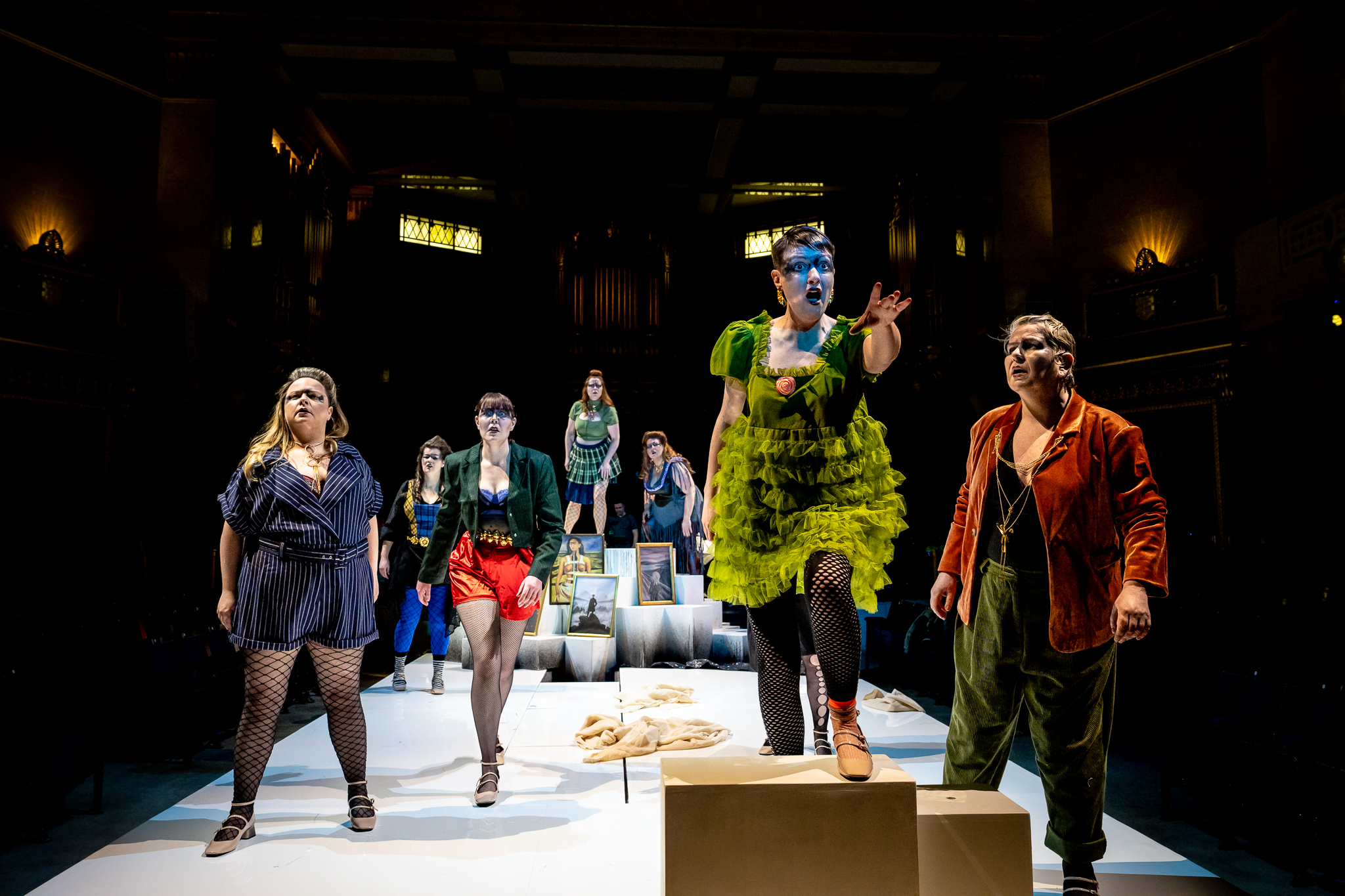SCRIABIN RECITAL
YOOJUNG KIM, piano
BRIDGE 9578 69’04
A lovely release of fine performances of this often intense but deeply satisfying music which deserves to be so much better known. Much of the music is on the grand scale but there are also more intimate movements including the first of the Deux poems, Op 32. Alongside further Poemes and Morceaus are Sonatas 2, 3 & 4. The CD is bookended by the adventurous Fantaisie in B minor and Vers la flamme.
WILLIAM BLAND – PIANO SONATAS VOL 2
KEVIN GORMAN, piano
BRIDGE 9580 71’00
Wiliam Bland draws on a variety of influences including classical, romantic and more popular styles, demonstrated here with the Nouveau Rag. Two piano sonatas (9 & 10) make up the bulk of this CD of Kevi Gorman’s excellent performances, all of which is very absorbing.
JOHN CORIGLIANO – COMPLETE SOLO PIANO MUSIC
PHILIP EDWARD FISHER, piano
ALBANY SYMPHONY, DAVID ALAN MILLER, conductor
NAXOS 8.559930 1’’21’04
Another very welcome release in the American Classics strand, here is music from another composer I did not know. Despite the title, this CD of fine performances of wonderful music begins with Corigliano’s Concerto for piano and orchestra. Three extended works follow – Fantasia on an Ostinato, Etude Fantasy (including a Left Hand movement) and the brilliantly titled, Winging It!. This last piece displays some lovely contrasts between movements, as does the inclusion of the short, reflective Prelude for Paul, the newest work here (2021).
SCRIABIN – VISIONARY & POET
DANIELA ROMA, piano
DYNAMIC CDS7984 64’10
There seems to be a current resurgence of interest in the music of Scriabin, now being recognised as a musician ahead of his time. Open to all sorts of influences and with virtuosic talent and seemingly limitless imagination his music transports the listener to other realms. His spiritual influences and convictions are poured into this music. It certainly deserves to be more widely performed and experienced. Preludes, Etudes and Impromptus sit here alongside the Allegro de Concert and the CD opens with the wide-ranging Fantasy Op 28 in B minor.
LIGETI – ETUDES & CAPRICCIOS
HAN CHEN, piano
NAXOS 8.574397 62’27
Another visionary composer is showcased here with sensitive and meticulous performances by Han Chen. Three books of Etudes, spanning just over 15 years, make up the bulk of this recording with two short Capriccios in amongst them. Much of this is music that is rarely heard. Some of the Etudes remind me of the studies for player piano by Nancarrow, here, of course, not reproduced by a mechanism but played by a virtuoso!
MESSIAEN – VINGTS REGARDS SUR L’ENFANT-JESUS
KRISTOFFER HYLDIG, piano
OUR Recordings 6.220677-78 (2CDs) 61’29 & 76’42
A beautifully presented edition of fine performances of this substantial deeply spiritual work.
LOUISE FARRENC – SYMPHONIES 1-3; OVERTURES IN E minor & Eb
INSULA ORCHESTRA, LAURENCE EQUILBEY, conductor
ERATO 5054197522109 (2CDs) 113’30
The music of this 19th Century composer continues to be uncovered and more widely known as we continue to improve our recognition of the substantial body of work by women composers which has been ignored for so long. It is good to have Louise Farrenc’s 3 Symphonies collected together, together with the two Overtures, in these recent excellent recordings.
NIKOS SKALKOTTAS – VIOLIN CONCERTO; CONCERTO FOR VIOLIN, VIOLA & WIND ORCHESTRA
GEORGE ZACHARIAS, violin
ALEXANDER KOUSTAS, viola
LONDON PHILHARMONIC ORCHESTRA, MARTYN BRABBINS, conductor
BIS 2554 57’57
During his short life the Greek composer, who had studied with Schonberg, wrote some arresting music. These two works, dating from the late 1930s are good examples of his inventive and characterful writing. The second work here particularly shows evidence of some lighter jazz-infused influences, fused with the prevailing more angular constructions of the then current art music trends. A lovely production.
PAUL CHESNOKOV – SACRED CHORAL MUSIC
ST JOHN’S VOICES & SOLOISTS
CAMBRIDGE UNIVERSITY CHAMBER CHOIR, GRAHAM WALKER, conductor
NAXOS 8.574496 65’42
This welcome CD of new recordings made in Cambridge of music by this prolific composer of Russian Romantic liturgical music includes one of two of the composer’s settings of the All-Night Vigil (Op 44). Included with other shorter works is a version of the Cherubic Hymn ( Op 7 No 1).
SP


